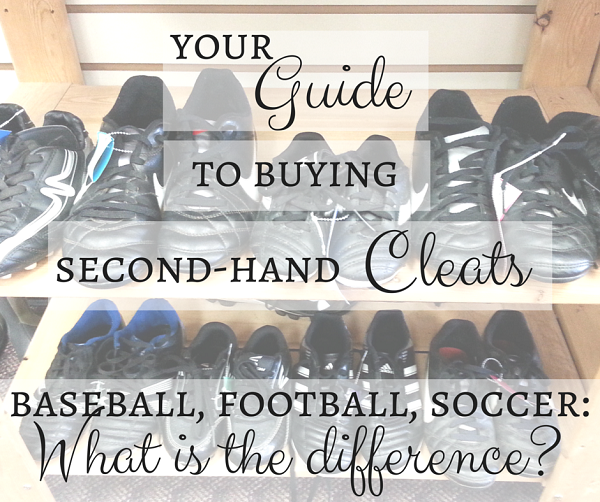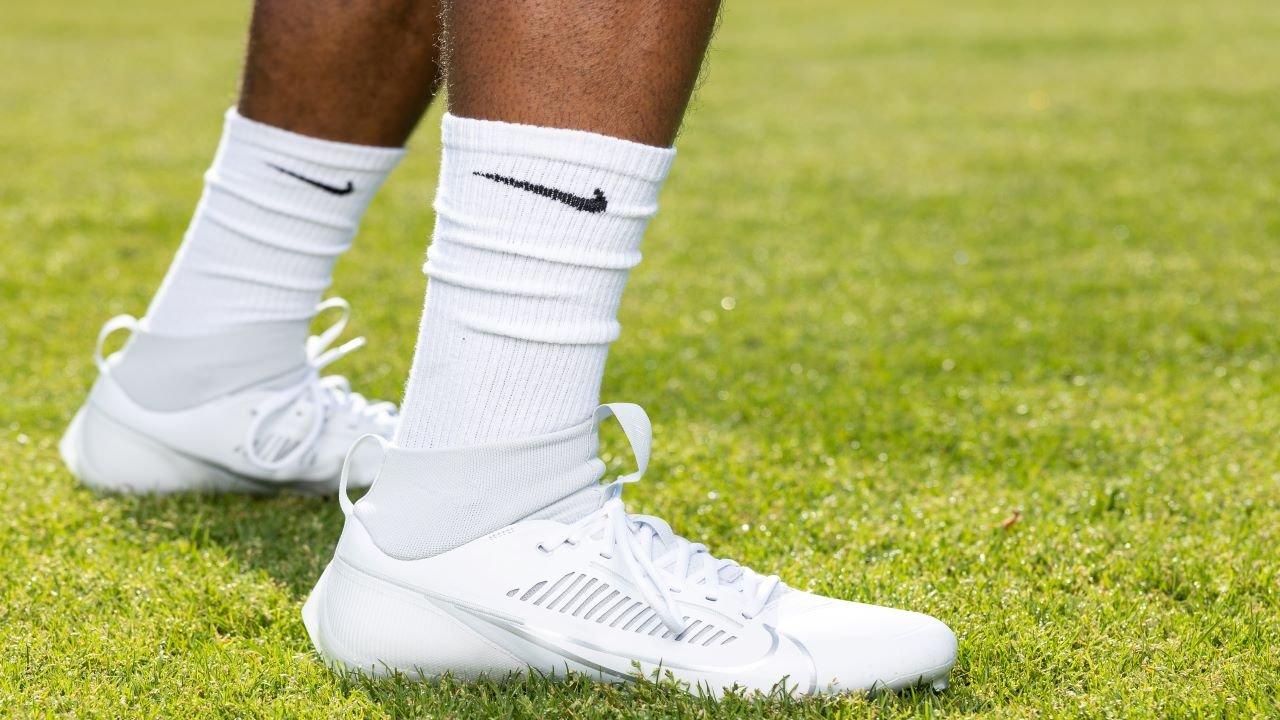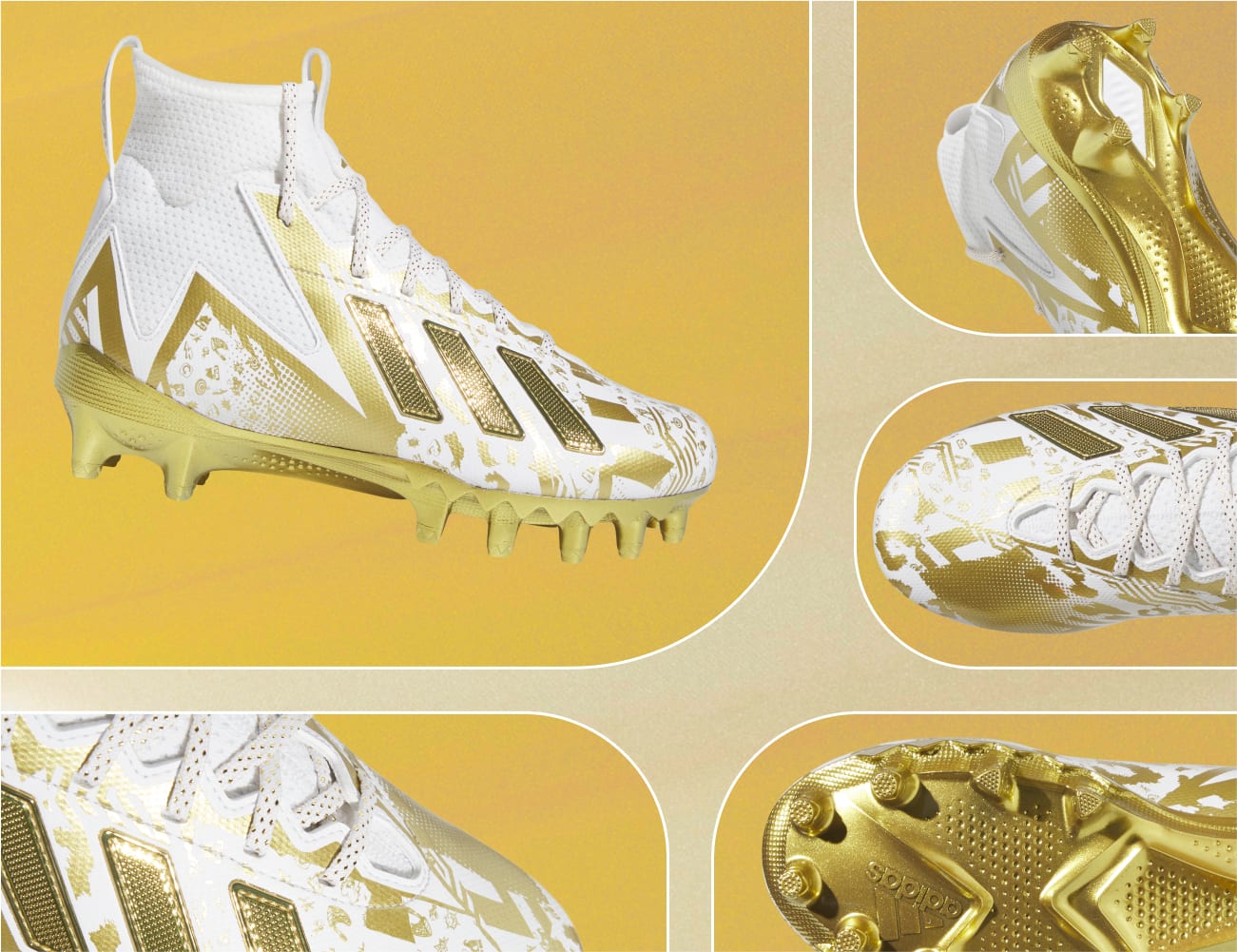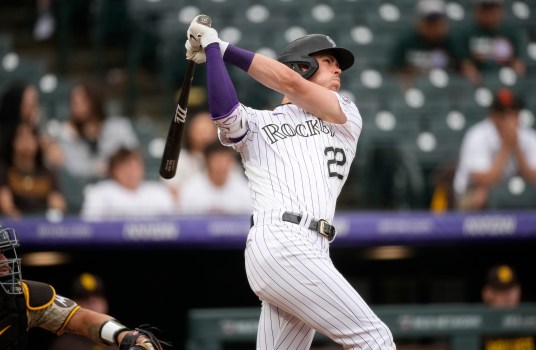What Sets Apart Baseball and Football Cleats? Understanding the Key Differences
Baseball cleats typically have a metal toe spike, which football cleats lack. Football cleats are heavier and offer more ankle support than baseball cleats.
Selecting the right footwear is crucial in sports like baseball and football, where agility, speed, and stability play a significant role in an athlete’s performance. The distinct design differences between baseball and football cleats cater to the unique demands of each sport.
While both are crafted to provide traction on grass or turf, their structural variations reflect the specific movements and safety considerations inherent to each game. Baseball cleates prioritize flexibility and minimal toe reinforcement, as the sport involves sudden bursts of speed and lateral movements. Football cleats, conversely, emphasize support and protection, with features designed to withstand the sport’s frequent high-impact collisions and quick directional changes. Understanding these differences ensures athletes have the proper gear to enhance their play and reduce injury risks.
Cleats At A Glance
Cleats at a Glance: Dive into the details of athletic footwear. Discover how baseball and football cleats differ. These differences are crucial for stellar performance in each sport.
Introduction To Cleats
Cleats are special type of shoe. They help athletes gain traction on different surfaces. They are essential for sports including baseball and football.
Importance In Sports
Cleats are vital for players. They prevent slips. They providestability. Cleats improve performance on the field.
Differences In Design
- Baseball cleats have a toe cleat. It helps players dig into the dirt. They move quicker.
- Football cleats usually don’t have this toe cleat. They focus on maximum traction.
Cleat Construction And Material
| Feature | Baseball Cleats | Football Cleats |
|---|---|---|
| Toe Cleat | Yes | No |
| Materials | Metal or Plastic | Plastic or Rubber |
| Ankle Support | Low-Cut | High-Top |
Safety And Position
Each sport has specific safety needs. Baseball cleats consider base-running. Football cleats look at high-impact plays. Position in the game drives cleat choice.
Flexibility Vs. Stability
Flexibility Vs. Stability
Baseball players need to move quickly. They choose cleats for flexibility. Football players need stability for tackles. Their cleats are firmer.
Selecting The Right Cleats
- Identify your sport’s specific needs.
- Consider the type of field you play on.
- Focus on comfort and fit.

Credit: www.allmomdoes.com
Anatomy Of Baseball Cleats
The anatomy of baseball cleats is critical for players. These cleats ensure safety and performance on the field. Let’s delve into the features that set baseball cleats apart.
Design Features
Baseball cleat designs cater to the sport’s unique needs. Key aspects are:
- Low-top or mid-top styles: Promote agility.
- Toe cleat: Adds traction when running bases.
- Outsole pattern: Gives stability on dirt and grass.
Material And Construction
Baseball cleats come in different materials:
| Material | Properties | Benefits |
|---|---|---|
| Leather | Durable, supportive | Long-lasting wear |
| Synthetic | Lightweight, breathable | Comfort and performance |
Construction details affect the cleat’s fit and function:
- Ankle support: Protects against sprains.
- Reinforced stitching: Enhances durability.
- Cushioned insole: Provides comfort.
Anatomy Of Football Cleats
Understanding the anatomy of football cleats is crucial for athletes. Cleats are more than just shoes; they’re engineered to enhance performance on the field. These specialized boots offer stability and traction during high-intensity play. Let’s explore their unique features.
Design Variations
Football cleats come in various designs tailored to player positions and playstyles.
- High-tops – support for ankle during lateral movements
- Mid-cuts – balance between mobility and support
- Low-cuts – light for maximum speed and quick movements
Each design has a specific purpose. High-tops are ideal for linemen who need extra ankle support. Skill position players favor low-cuts for speed and agility.
Durability And Material Choices
Football cleats must withstand tough conditions and rigorous play. The materials used in their construction are selected for toughness and longevity.
| Material | Properties | Benefits |
|---|---|---|
| Synthetic Leather | Durable, Lightweight | Long-lasting performance |
| Thermoplastic Polyurethane (TPU) | Abrasion-resistant, Flexible | Strength and flexibility |
These materials ensure that cleats are not only durable but also provide the necessary flexibility. TPU, for instance, contributes to a cleat’s overall resilience.
Key Differences Unveiled
Discover what sets baseball and football cleats apart. Each type gears up players for their game’s unique demands. We’ll delve into the specifics that distinguish these sports essentials.
Cleat Patterns And Their Purposes
Baseball and football cleats have different patterns beneath them. These patterns cater to the sports’ needs for agility, speed, and stability. Let’s compare their designs:
- Baseball cleats – They usually feature a toe cleat. This extra piece gives players explosive starts and quick stops. Metal or plastic can make up these cleats.
- Football cleats – These lack a toe cleat. It helps prevent injuries during tackles. Plastic makes these cleats. They offer better support during sharp, quick movements.
For players crossing over sports, it’s key to have the right pattern. Each sport’s movement requires shoes tailored for optimal performance.
Cut And Support Distinctions
The build and height of cleats provide essential support. Differences in cut impact how the cleats fit and protect the foot. Here’s what players need to know:
| Feature | Baseball Cleats | Football Cleats |
|---|---|---|
| Cut | Low-cut designs for quick movements | High-tops for ankle support during heavy impacts |
| Support | Moderate for running and quick side-to-side motions | Enhanced to protect during forward and lateral moves |
Choosing the right cleat could mean enhanced play and reduced injury risk. Players must opt for cleats that align with their sport’s specific requirements.
Performance On The Field
When you take to the field, your gear plays a crucial role. The cleats you sport can define your speed, agility, and overall performance. Baseball and football cleats differ greatly, and understanding these differences can give you an edge in the game. Let’s delve into how these variances affect your game play.
Traction And Mobility
Every step and sudden change in direction counts on the field. Cleats must offer the right kind of grip. Baseball cleats are designed for dirt and grass surfaces. They have a toe cleat in front, which gives players the traction needed for fast starts and stops. This toe cleat is absent in football cleats, as it can cause injuries on the harder ground football is often played on. Without the toe cleat, players gain better mobility on the turf.
| Baseball Cleats | Football Cleats |
|---|---|
| Additional toe cleat for grip on dirt and grass | No toe cleat to prevent turf injuries |
| Less focus on sole flexibility | Designed for optimal mobility |
Impact On Player’s Agility
Agility is all about making quick moves while maintaining control. In baseball, cleats provide stability for lateral movements during batting and fielding. Baseball players benefit from cleats that support swift side-to-side action. On the flip side, football demands high-speed maneuvers and rapid directional changes. Football cleats are lighter and enable more flex to accommodate these dynamic movements.
- Baseball cleats: Support stability for batting and fielding
- Football cleats: Allow for rapid directional changes

Credit: www.hibbett.com
Compatibility With Playing Surfaces
Baseball and football cleats may look similar, but they cater to different playing surfaces. The design of the cleats can affect a player’s performance. It can also impact safety on the field. Understanding these differences is key for athletes across both sports. Let’s dive into how both types of cleats adapt to field conditions.
Adaptation To Field Conditions
Baseball players often face a mix of dirt and grass. Their cleats need to allow for quick, sharp movements. Baseball cleats have a metal or plastic tip for traction. This tip digs into the earth for better stability. In contrast, football cleats require a design that can endure both grass and artificial turf. They typically have shorter studs. These studs offer more support due to the variety of surfaces played on.
Surface-specific Cleat Recommendations
Let’s break down the ideal cleats for each sport by surface:
- Baseball on Grass: Metal cleats offer the best grip on natural grass.
- Baseball on Turf: Turf shoes or plastic cleats are more suitable.
- Football on Grass: Detachable studs can adjust to wet or dry conditions.
- Football on Synthetic Turf: Shorter studs or turf shoes prevent too much traction.
Choosing The Right Cleats
Choosing the right cleats is crucial for athletes in any sport. The type of cleat can affect performance, comfort, and safety on the playing field. In sports like baseball and football, where quick movements and traction are key, selecting the appropriate cleats becomes even more essential. Let’s explore the differences to help you make the best choice for your athletic needs.
Sport-specific Considerations
Baseball and football cleats differ in design due to the unique demands of each sport.
| Feature | Baseball Cleats | Football Cleats |
|---|---|---|
| Toes | Reinforced toe caps | Flexible toes for movement |
| Spikes | Thinner and longer for traction | Shorter for quick lateral moves |
| Ankle Support | Low-cut for agility | High-cut options for stability |
It is important to choose cleats designed for your specific sport. Baseball cleats allow for sudden stops and starts. Football cleats provide support for rapid, multi-directional movement.
Personal Preference And Comfort
Personal comfort plays a big role in cleat selection. Here are a few elements to consider:
- Fit: Cleats should fit snugly without discomfort.
- Material: Look for breathable, durable materials.
- Cushioning: Adequate padding reduces impact.
Trying on different cleats is essential. Your feet should feel secure but not cramped. Pay attention to how they feel during movements similar to those you make during your sport.

Credit: www.adidas.com
Maintaining Your Cleats
Maintaining your cleats is vital for peak performance in sports. Whether you hit home runs in baseball or score touchdowns in football, your cleats need care. Proper maintenance ensures they offer the traction and safety you rely on during a big game. Here are tips for keeping your cleats in top condition.
Cleaning And Care Tips
- Remove dirt after each use to prevent buildup. Use a soft brush or cloth.
- Use mild soap and water for a deeper clean. Avoid harsh chemicals.
- Air dry your cleats. Keep them away from direct heat to prevent damage.
- Store in a cool, dry place to avoid humidity which can degrade materials.
Longevity And Replacement
Good cleats can last a long time. Weak cleats can hurt your game. Look for these signs:
| Check For | Action |
|---|---|
| Worn-out spikes | Replace cleats to keep grip. |
| Separating soles | Time for new cleats to prevent injury. |
| Torn material | Get new ones to maintain support. |
Proper fitting is also key. Tight cleats cause pain. Loose cleats lead to slips. Check the fit whenever you clean them.
Frequently Asked Questions On What Is The Difference Between Baseball And Football Cleats
Can I Wear Football Cleats For Baseball?
Football cleats generally aren’t recommended for baseball due to the spike configuration. Baseball cleats have a toe spike for pitching, which football cleats lack, potentially affecting performance and safety on the baseball field.
Are Football Cleats The Same As Baseball?
Football cleats and baseball cleats are not the same. Football cleats typically have a toe stud for sudden movements, while baseball cleats have a slim design to prevent dirt buildup.
Are Soccer Cleats The Same As Baseball Cleats?
No, soccer cleats and baseball cleats differ; baseball cleats often have a toe spike that soccer cleats lack.
Conclusion
Understanding cleat differences is crucial for player safety and performance. Baseball cleats typically feature a toe spike, while football cleats do not, catering to the sports’ unique demands. Choosing the right type ensures optimal traction and agility on the field.
Remember, swapping cleats isn’t just about style—it’s about playing your best game.



